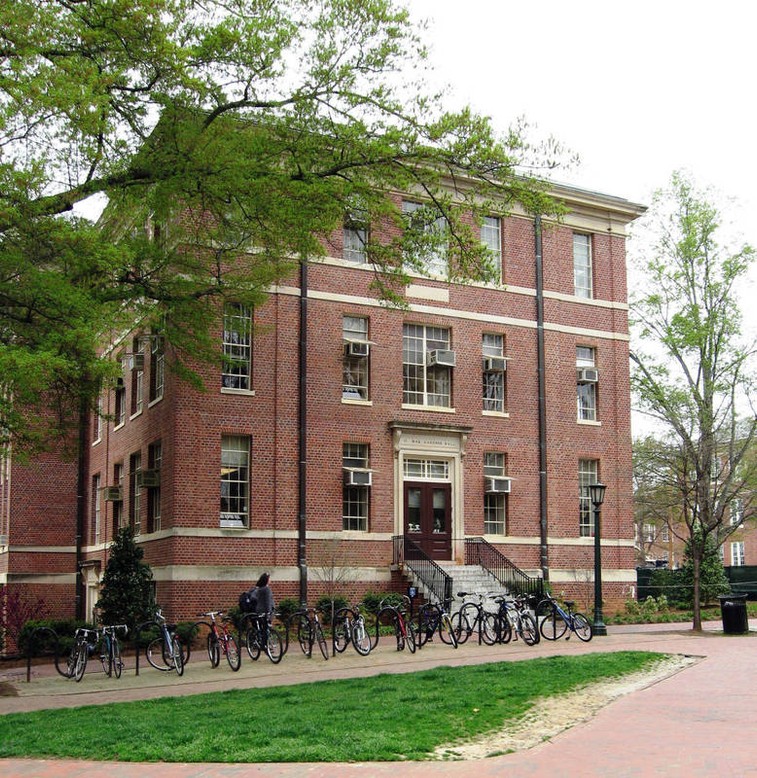Gardner Hall
Introduction
Text-to-speech Audio
Images
Oliver Max Gardner

Gardner Hall at the University of North Carolina

Backstory and Context
Text-to-speech Audio
Gardner Hall was built in 1953 on the University of North Carolina at Chapel Hill campus. Gardner Hall is named after Oliver Max Gardner, who was a lawyer and the governor of North Carolina from 1928 to 1932. Gardner attended law school at the University of North Carolina, and he also played football during his time as a student at the university. Gardner was also a textile manufacturer and a native of North Carolina.
Gardner served in the North Carolina Senate before World War I. In 1916, he was elected lieutenant governor. He lost the Democratic nomination for governor in 1920, but he was elected governor in 1928. The Democratic Party continued controlling North Carolina when Gardner’s handpicked successor, John C. B. Ehringhaus, was elected governor in 1932, and when Gardner’s brother-in-law Clyde R. Hoey was elected in 1936.
During his time as governor, Gardner advocated for the union of the University of North Carolina’s Chapel Hill campus, North Carolina State, and the Woman’s College after consulting with Brookings Institution about supporting the longevity of the North Carolina government and state tax collections. Gardner had been faced with economic struggles during his time as governor due to the Great Depression. Gardner’s goal to combine the universities was completed by the General Assembly in 1931.
Gardner supported businesses and opposed unions during his time as governor. He also opposed child labor legislation and economic regulations. However, Gardner supported progressive legislation, as well. He supported higher wages for workers in order to compete with the benefits of unions and to end the competition with other textile mills in the South. Gardner also supported women’s suffrage. He supported public services, such as expanded roads and public schools.
After his term as governor ended in 1932, Gardner became a successful lawyer and lobbyist in Washington, D.C. Gardner became close to President Roosevelt and President Truman during his time in Washington, D.C. Under Roosevelt, Gardner was an advisor for the president, as he provided his big business experience to the New Deal discussion. Gardner was going to be appointed as the American ambassador to the United Kingdom by President Truman, but he died in 1947 before he moved to London.
Cite This Entry
Lilly, Alexia. "Gardner Hall." Clio: Your Guide to History. November 26, 2018. Accessed January 8, 2025. https://theclio.com/entry/70217
Sources
O. Max Gardner (1882-1947) and Gardner Hall. The Carolina Story: A Virtual Museum of University History. Accessed November 20, 2018. https://museum.unc.edu/exhibits/show/names/gardner-hall.
Home-Maps. The University of North Carolina at Chapel Hill. Accessed November 19, 2018. https://maps.unc.edu/.
North Carolina History Project. The North Carolina Office of Archives and History and North Carolina State Archives. Accessed November 19, 2018, https://northcarolinahistory.org/encyclopedia/o-max-gardner-1882-1947.
The Carolina Story: A Virtual Museum of University History. The Carolina Story: A Virtual Museum of University History. Accessed November 20, 2018, https://museum.unc.edu/exhibits/show/names/gardner-hall.


